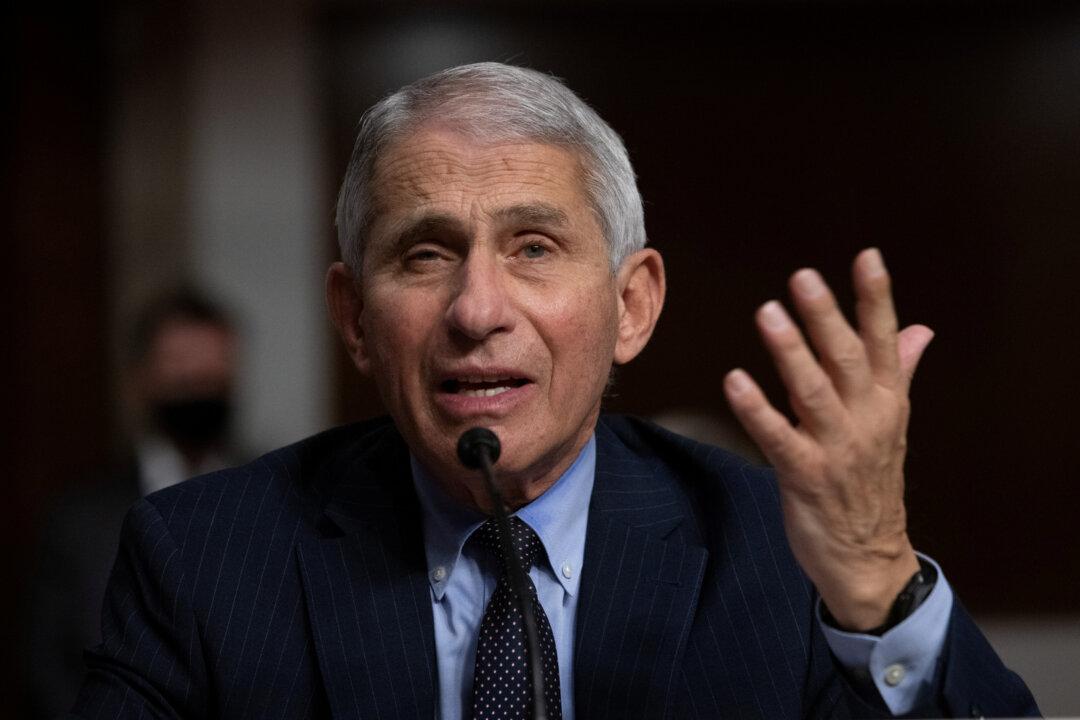The proportion of children seeking emergency visits for mental health has increased massively amid the pandemic, according to a report from the Centers for Disease Control and Prevention (CDC) on Nov. 13.
Data from the CDC’s National Syndromic Surveillance Program (NSSP) was compared to that of the previous year and it was found that while the number of visits to the emergency department for both health (such as asthma, sprains, and injuries) and mental health have decreased, the proportion of mental health-related emergency visits had increased substantially.





